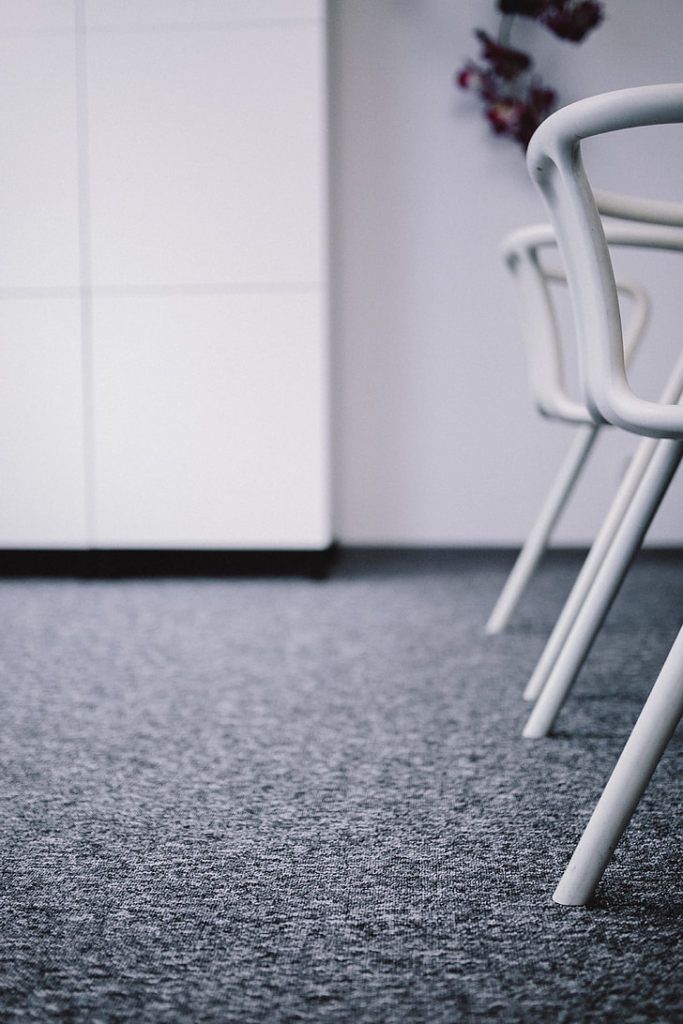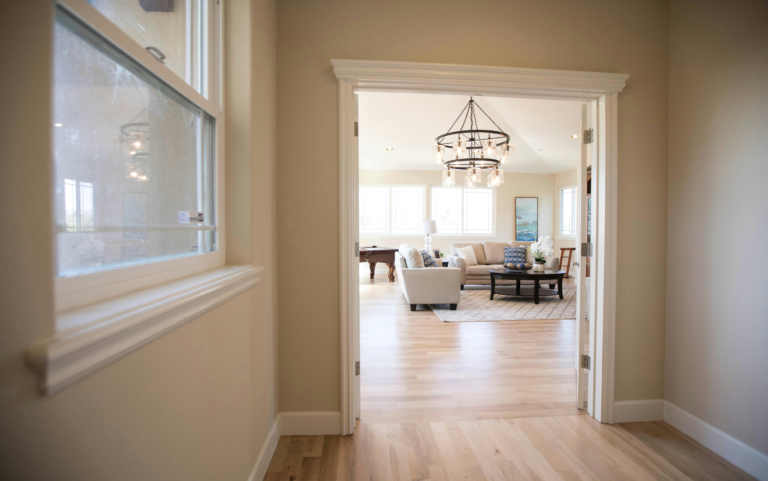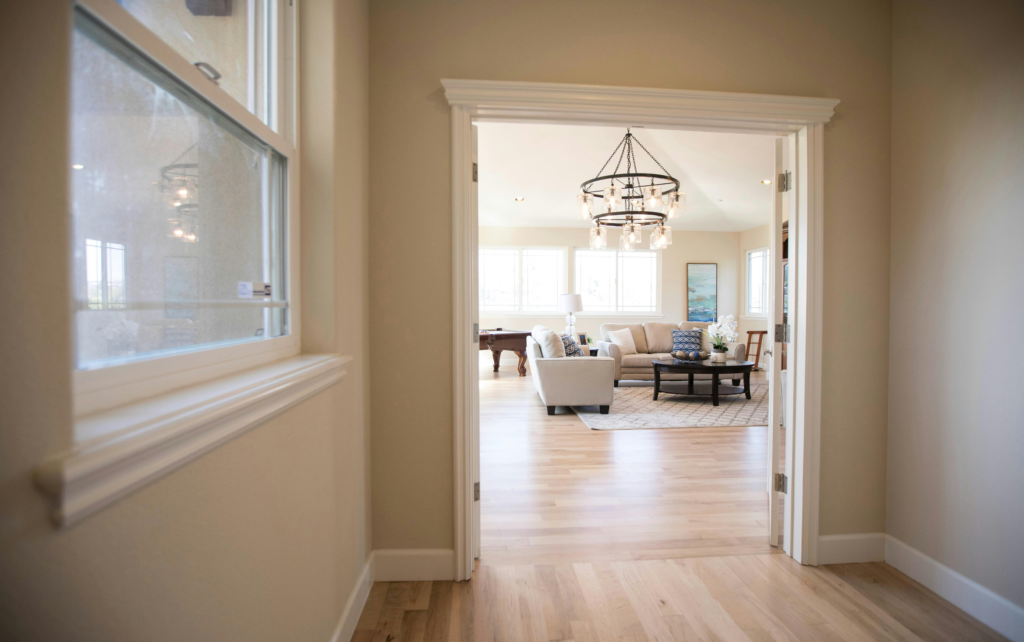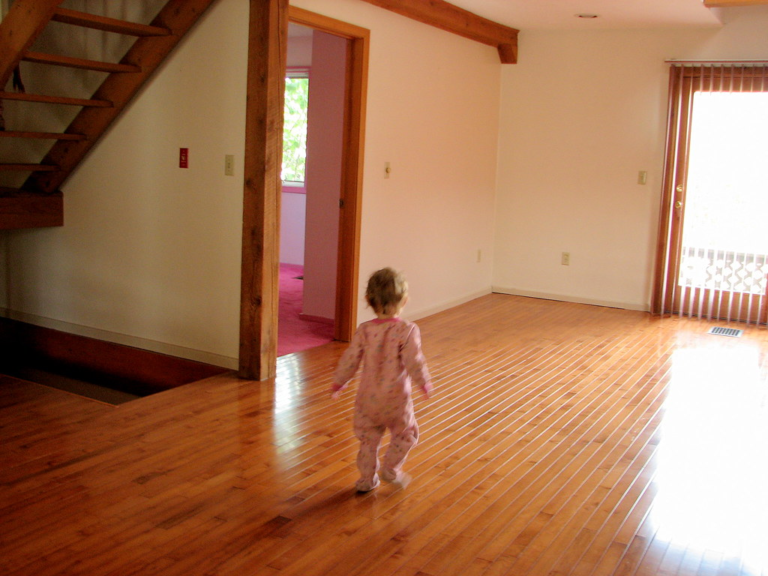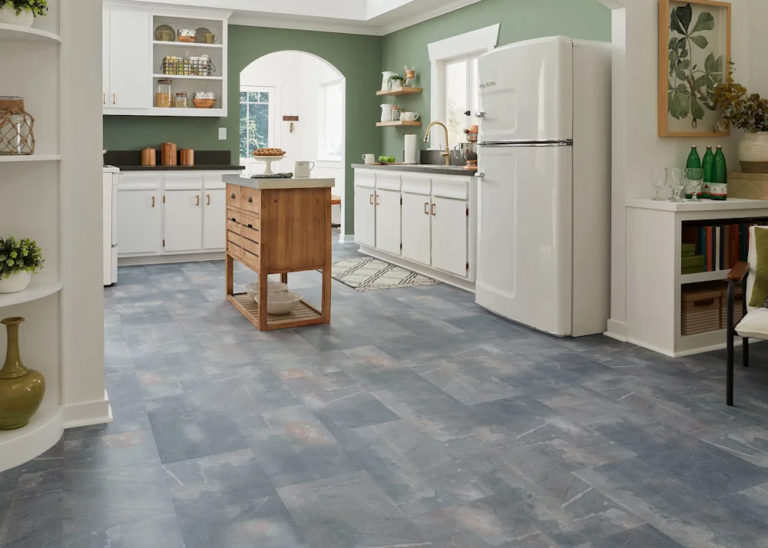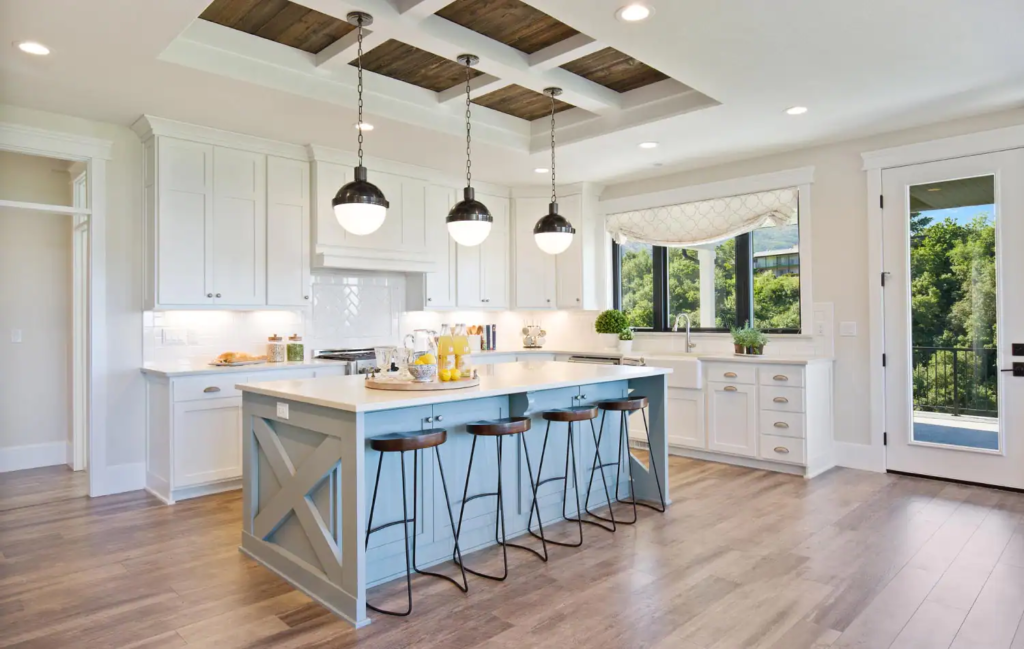The Underpinning of Style: Ground surface in Inside Plan
“What is the flooring in interior design?” Flooring is something other than a surface we stroll on; the establishment establishes the vibe for a whole inside space. It can make a sensation of warmth and solace, bring out a specific style, and even impact the apparent size of a room. Understanding the job of ground surface in inside plan is pivotal for anybody creating a firm and outwardly engaging living region.
Table of Contents
The Power of Flooring
Flooring decisions influence a space in more ways than one:
Style: The variety, example, surface, and material of your deck all contribute essentially to the general look and feel of a room. From the rich tastefulness of hardwood to the cool complexity of tile, ground surface can be a point of convergence or an integral setting for other plan components.
Temperament and Vibe: Lighter hued floors, similar to light wood or whitewashed vinyl, make a feeling of roominess and receptiveness. On the other hand, hazier floors, like finished wood or dull stone tiles, can loan a more formal and private feel.
Usefulness: Think about the common sense of your ground surface decision. High-traffic regions like kitchens and corridors require sturdy materials like tile or cover that can endure mileage. Interestingly, rooms and lounges benefit from milder choices like rug or floor coverings that give warmth and solace underneath.
Picking the Right Floor for You
With a huge range of deck materials accessible, choosing the ideal one can feel overpowering. Here are a few critical variables to consider:
Way of life: Do you have pets or kids? How much people walking through will the region experience? Pick a material that can deal with your day to day everyday practice.
Spending plan: Deck costs change enormously contingent upon the material. Hardwood offers immortal magnificence yet accompanies a more exorbitant cost tag, while vinyl furnishes a financial plan accommodating option with a great many styles.
Environment: Strong wood deck can extend and contract with moistness changes. Consider environment safe choices like tile or designed wood in the event that dampness is a worry.
Existing Style: Match your deck decision to your general plan plot. Present day insides frequently favor smooth materials like finished concrete or light wood, while customary styles could call for warm tones and exemplary examples like herringbone.
Flooring Patterns to Watch
“What is the flooring in interior design?” The universe of inside plan is continually developing, and ground surface patterns are no exemption. The following are a couple of well known decisions to watch out for:
Hardwood: Feature the ageless class and strength of hardwood floors. Notice famous species like oak, maple, and pecan, and contact on revamping choices for a restored look.
Tile: Examine the adaptability of tile, from exemplary clay and porcelain to current choices like concrete tiles and mosaics. Notice its appropriateness for high-dampness regions like washrooms and kitchens.
Cover: Address the solace and commotion decrease advantages of rugs. Notice stain-safe assortments for high-traffic regions and rich surfaces for comfortable parlors.
Cover and Vinyl: Accentuate the moderateness and simplicity of upkeep that overlay and vinyl offer. Examine their large number of styles that imitate wood and stone for a financial plan accommodating other option.
Concrete: Talk about the modern stylish tasteful of cleaned substantial floors. Notice its toughness and appropriateness for present day and moderate spaces.
Style Motivation:
Current: Suggest light-hued wood flooring, finished cement, or enormous configuration tiles for a perfect and contemporary look.
Conventional: Propose warm-conditioned hardwood floors in an exemplary example like herringbone, or designed rugs with perplexing plans.
Rural: Suggest hand-scratched wood flooring, normal stone tiles like record, or bothered vinyl boards for a warm and natural feel.
Scandinavian: Notice light wood floors in a blonde or whitewashed finish for a brilliant and vaporous environment.
Modern: Emphasize the utilization of cleaned substantial floors or uncovered block for a crude and tense look.
Expert Tips:
“What is the flooring in interior design?” Test, Test, Test! Continuously request tests and perceive how they search in your lighting and with your current furniture prior to settling on a last choice.
Think about proficient establishment. While some deck choices are Do-It-Yourself well disposed, complex establishments are best passed on to experts for ideal outcomes.
Contemplate region floor coverings. Region mats can add tone, example, and surface to a room, and they can likewise safeguard high-traffic areas of rug flooring.
Go ahead and get imaginative! Blend and match flooring materials in open-idea spaces to make visual interest and characterize various regions.
By incorporating these specific details and pro tips, your article provides readers with actionable advice and a deeper understanding of how flooring choices influence the overall design of an interior space.
What is the flooring in interior design?-End
Flooring is a venture that can essentially influence the look, feel, and usefulness of your home. By grasping its part in inside plan and cautiously taking into account your necessities and inclinations, you can pick a deck arrangement that raises your space and supplements your way of life.










